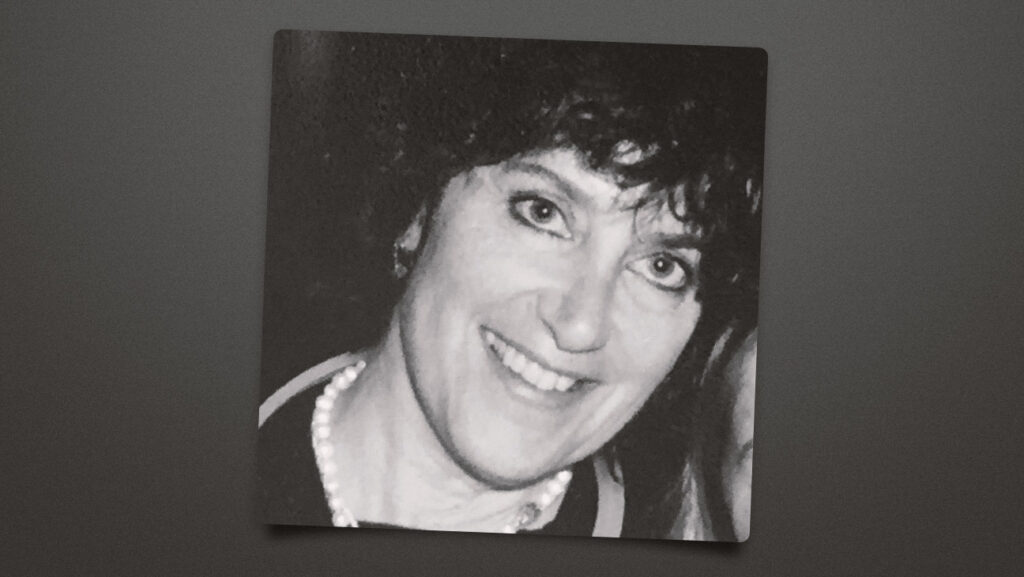Jackie Burch, a former teacher of the deaf who went on to serve as a casting director on such noteworthy films as Sixteen Candles, Predator, Die Hard, Mask and Dick Tracy, has died. She was 74.
Burch died Sunday at her home in Atlanta after a four-month battle with endometrial cancer, her friend and fellow casting director Gail Goldberg announced.
Burch partnered with John Hughes on Sixteen Candles (1984), The Breakfast Club (1985) and Weird Science (1985) and with John Landis on Into the Night (1985), Three Amigos! (1986), Coming to America (1988), Oscar (1991) and Beverly Hills Cop III (1994).
She hired actors for the Arnold Schwarzenegger starrers Commando (1981), Predator (1987), The Running Man (1987) and Red Heat (1988) and was instrumental in casting Alan Rickman as the villain Hans Gruber in John McTiernan’s Die Hard (1988).
Starting in the 2010s, Burch continued to lend her expertise to major productions, overseeing local casting for such films as Iron Man 3 (2013), Hidden Figures (2016) and four films in the Hunger Games franchise, including the 2012 original.

Jackie Burch (center) with sound mixer Thomas Causey and her assistant Felicia Fasano on the set of 1992’s ‘Stop or My Mom Will Shoot!’
Courtesy of Burch Family
Born in Newburgh, New York, on March 25, 1951, Burch began her professional life in Los Angeles as a deaf education teacher. After subbing for an assistant who was working for an executive at Universal, she realized she wanted a job in the film industry.
Among the first films she cast were Psycho II, Smokey and the Bandit Part III and D.C. Cab, all released in 1983.
In addition to Peter Bogdanovich’s Mask (1985) and Warren Beatty’s Dick Tracy (1990), her résumé included Road House (1989), Die Hard 2 (1990), Predator 2 (1990), Walter Hill’s Another 48 Hrs. (1990), Hudson Hawk (1991), Stop! Or My Mom Will Shoot (1992), Jonathan Kaplan’s Unlawful Entry (1992), Jim Abrahams’ Hot Shots! Part Deux (1993), Martha Coolidge’s Out to Sea (1997), The Specialist (1994), Judge Dredd (1995) and Lily (2024).
She received an Emmy nomination for her work on the 2015 HBO telefilm Bessie, starring Queen Latifah as legendary blues performer Bessie Smith, and she won an Artois Award in 2017 for another period piece, Hidden Figures (she collected seven Artois noms in all).
Her final project, This Is the One They’ll Remember Me By, is set for release next year.
Survivors include her daughters, Oscar-nominated screenwriter Samy Burch (May December) and Molly Burch, a former singer-songwriter who leads Picnic Studio, a nonprofit art space for adults with intellectual and developmental disabilities; sons-in-laws Alex and Dailey; her twin sister, Janice; and her devoted poodle, Jack.
A memorial in her honor will be held in Los Angeles with details to be announced. Donations can be made to The National Association of the Deaf.
“We are heartbroken and in shock at the prospect of living without our vibrant, charming, funny, special and incredibly loving mom,” her daughters said in a statement. “Her generous spirit touched so many lives — professionally and personally — and we are endlessly proud of the legacy she leaves behind.”

